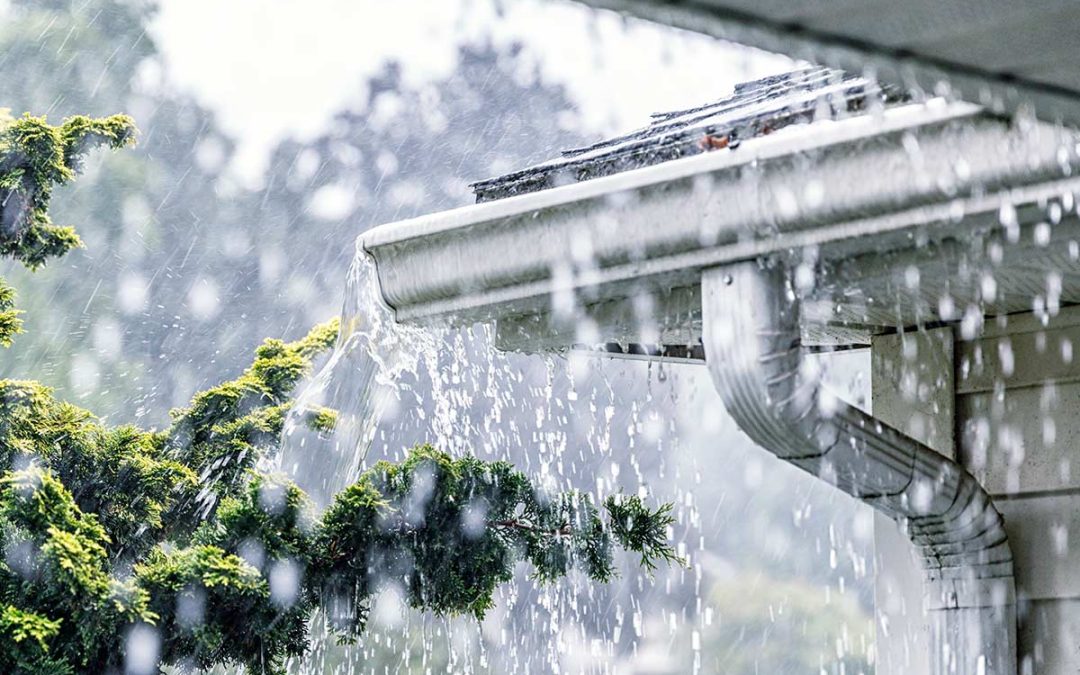When it comes to maintaining a home, one of the most important tasks is ensuring that the roof is in good condition. The roof protects the interior of the home from the elements, but it also plays a key role in the overall appearance of the home. One important component of the roof is the eavestrough, which is responsible for directing rainwater away from the roof and foundation of the home. Proper installation of eavestroughs is crucial to the longevity and effectiveness of a home’s roof and foundation.
What are eavestroughs?
Eavestroughs, also known as gutters, are narrow channels that are attached to the roof of a home, running along the edges of the roof. They collect rainwater and direct it away from the roof and foundation of the home, preventing water damage and flooding. Eavestroughs come in various shapes and sizes and are typically made of aluminum, steel, or vinyl.
Why is proper installation important?
Proper installation of eavestroughs is crucial to ensuring that they function properly. When eavestroughs are installed improperly, they can cause a host of problems, including water damage to the roof and foundation of the home, as well as damage to the eavestroughs themselves. Common issues that can arise from improper installation include leaking, sagging, and clogging.
-
- Leaking: Eavestroughs that leak can cause water damage to the roof and foundation of the home. This can lead to costly repairs and potentially dangerous mold growth.
- Sagging: Eavestroughs that sag can become weighed down with rainwater and debris, causing them to pull away from the roof. This can result in damage to the eavestroughs and the roof itself.
- Clogging: Eavestroughs that become clogged with debris can prevent water from flowing properly, causing it to overflow and potentially damage the roof and foundation of the home.
Proper installation of eavestroughs involves several key steps. First, the installer must ensure that the eavestroughs are properly sized and positioned to ensure proper drainage. The eavestroughs must also be securely attached to the roof, using appropriate hangers and fasteners. Finally, the installer must ensure that the downspouts are properly positioned and connected to the eavestroughs, directing water away from the foundation of the home.
Choosing an eavestrough installer
Choosing the right eavestrough installer is crucial to ensuring that the installation is done properly. When choosing an eavestrough installer, it is important to look for a reputable company with a history of providing quality work. The installer should be licensed and insured and should have experience working with the type of eavestroughs that will be installed on your home. Additionally, the installer should be willing to provide references and a detailed estimate of the work to be performed.
Eavestrough Materials
It is also important to consider the materials that will be used for the eavestroughs. While aluminum is a popular choice due to its durability and affordability, there are other options available, including steel and vinyl. Each material has its benefits and drawbacks, and the installer should be able to guide you to the best option for your home based on factors such as climate, budget, and aesthetic preferences.
Proper Installation of Eavestroughs
Proper installation of eavestroughs is crucial to the longevity and effectiveness of a home’s roof and foundation. It is important to choose a reputable eavestrough installer who has experience with the type of eavestroughs that will be installed on your home, and who uses high-quality materials. Proper installation involves ensuring that the eavestroughs are properly sized, positioned, and securely attached to the roof, with downspouts properly positioned and connected to direct water away from the foundation of the home.
